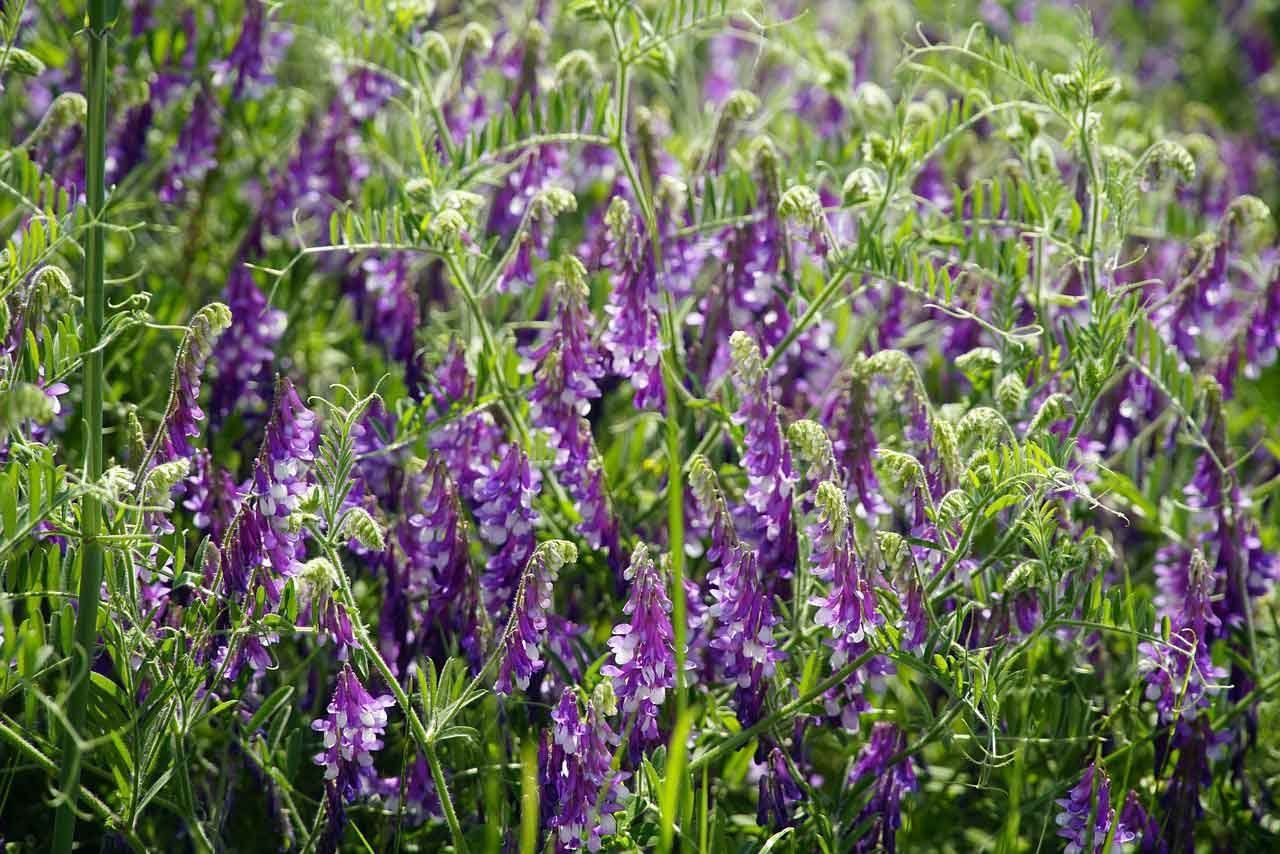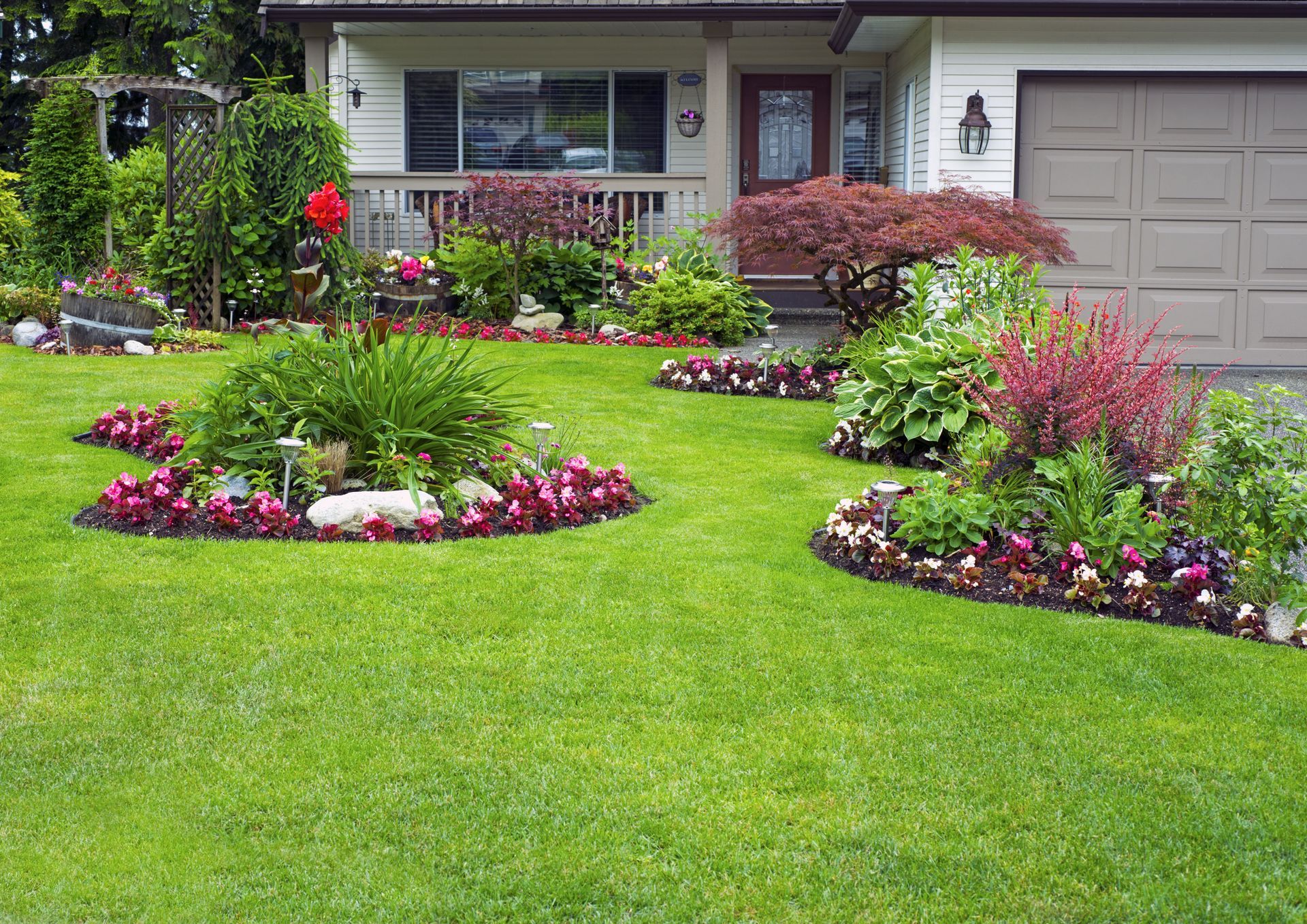Nurturing Nature for a Blossoming Spring.

As the temperature drops in Texas, your garden needs extra care to protect plants from frost and cold weather. However, the care we provide during these cold months can significantly impact the vibrancy and health of our gardens come spring. With the proper winter garden maintenance, you can ensure your plants remain healthy and ready to thrive when spring arrives.
Winter is a time of rest for plants, as they conserve energy and resources to survive harsh conditions. During this dormancy, deciduous plants shed their leaves, and perennials withdraw into the ground. While it may seem like a quiet period in the garden, the winter months offer an opportunity for strategic intervention that can set the stage for a vibrant spring awakening.
Protecting Plants from Frost and Cold
- Mulching: Apply a thick layer of mulch around the base of your plants to insulate their roots and retain soil moisture. Mulch helps regulate soil temperature and protects plants from sudden cold snaps.
- Covering Plants: Use frost blankets, burlap, or even old bedsheets to cover delicate plants when frost is expected. Ensure the covering is not too tight, allowing air circulation while still offering protection.
- Watering: Water your plants thoroughly before a freeze, as moist soil retains heat better than dry soil. Be mindful not to overwater during the winter months, as plants require less water in cooler weather.
- Bringing Potted Plants Indoors: Move potted plants, especially tropical or frost-sensitive species, indoors or into a greenhouse to protect them from the cold.
Winter Garden Maintenance Tips
- Pruning: Prune dead or damaged branches from trees and shrubs to reduce the risk of breakage during winter storms. Wait to prune spring-blooming plants until after they bloom to avoid cutting off flower buds.
- Clean Up Garden Beds: Remove fallen leaves, debris, and dead plant material from your garden beds to prevent pests and diseases from overwintering.
- Planting Winter Annuals: In Texas, winter annuals such as pansies, snapdragons, and violas thrive in the cooler months and add color to your garden. Plant them early in the season for the best results.
- Check for Pests: Although winter tends to slow down pest activity, keep an eye out for common garden pests like aphids and mites, and treat infestations early.
The cold temperatures of winter can be challenging for plants, especially if they are not adequately prepared. This proactive approach ensures that your plants enter spring with minimal stress and are better equipped to handle the changing seasons.
At Keller Commercial and Home Services, we take pride in our expertise in horticulture and landscape maintenance. Our team understands the unique needs of plants during winter and employs strategic cutbacks to enhance their overall well-being. With our commitment to precision and care, we set the foundation for a thriving garden that will burst into life when spring arrives.











Share On: